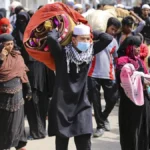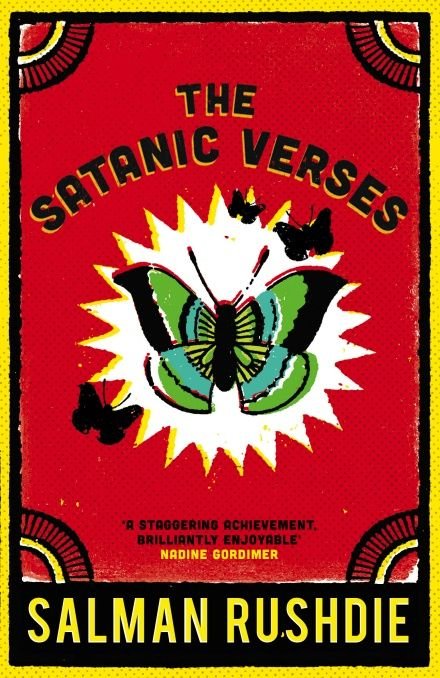Whether you are a Shakespeare fanboy or a Premchand book lover, books are always a great source of knowledge, inspiration, and creativity. Books can also challenge our perspectives, expose us to different cultures, and spark our curiosity. However, not all books are welcomed in every country or society, as they can collide with the ideology of that community. Some books have been banned or restricted in India for various reasons, such as religious sensitivity, political controversy, or cultural conflict. Here we are presenting some popular books that sparked various controversies:-
- The Satanic Verses – Perhaps one of the most infamous banned books globally, “The Satanic Verses” by Salman Rushdie faced intense scrutiny in India due to its controversial portrayal of religious figures and themes. The work published in 1988, caused uproar among various Islamic leaders due to its portrayal of the Prophet. The book by Rushdie made the word “fatwa” popular in the literary community after Iran’s Ayatollah Khomeini issued a fatwa against Salman Rushdie. The book is banned in India and some other countries. In India, the book was banned by the Finance Ministry just 9 days after its release. The novel was banned for allegedly hurting religious sentiments, leading to widespread protests.
- Lady Chatterley’s Lover by D.H. Lawrence (1928) – Written by renowned writer D.H. Lawrence, known for being ahead of their time, his last novel has grabbed enough attention from all over the world. This was probably the first novel that talked about female sexuality and her sensual needs, the book that barged enough publicity was none other than the “Lady Chatterley’s Lover.” This book tells the story of a young married woman Connie Chatterley, her husband’s gamekeeper Olive Mellor and the forbidden love between them.
- “Lajja” by Taslima Nasrin (1993) – Taslima Nasrin’s “Lajja” delves into the communal tensions between Hindus and Muslims in Bangladesh. The book faced a ban in India, as it was perceived as anti-religious and potentially inciting violence. Nasrin, herself, had to flee the country due to threats against her life. This novel by a Bangladeshi writer sparked protests for its depiction of the persecution of Hindus in Bangladesh following the Babri Masjid demolition. The Indian government banned it, citing concerns over potential communal disharmony.
- Rangila Rasul (The Colourful Prophet) (1924) – This controversial pamphlet depicted the Prophet Muhammad’s relationships with women in a manner deemed offensive by Muslims. The book was banned in pre-independence India and continues to be a prohibited text.
- Fifty Shades of Grey by E.L. James (2012) – This globally popular erotic novel was unofficially banned in some parts of India, with objections raised against its sexually explicit content. However, the film series based on this novel has not faced any rejection yet.
- An Area of Darkness by V.S. Naipaul (1964) – Nobel laureate Naipaul’s critical portrayal of India in this travelogue, was met with accusations of cultural bias and insensitivity. While never officially banned, it faced difficulties in distribution.
- The Hindus: An Alternative History by Wendy Doniger (2009) – American Indologist Wendy Doniger’s scholarly work offers unconventional interpretations of Hindu mythology and examines sexuality within the religion. Hindu groups protested against the book, alleging it offended their sentiments and distorted their faith, leading to its ban.
- “Understanding Islam through Hadis” by Ram Swarup (1983) – This critical examination of Islam from a Hindu perspective led to the banning of the book in some Indian states. The author’s views were deemed offensive and inflammatory, resulting in legal action against the publication.

























